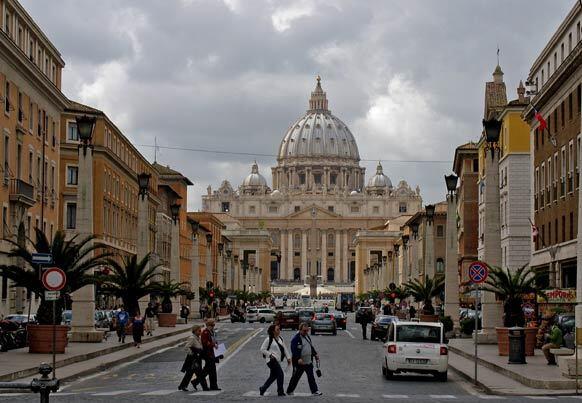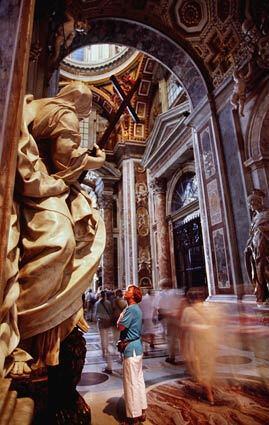
Art and sculpture abound in St. Peters Basilica in Rome, where entrance is free. (Richard Derk / Los Angeles Times)
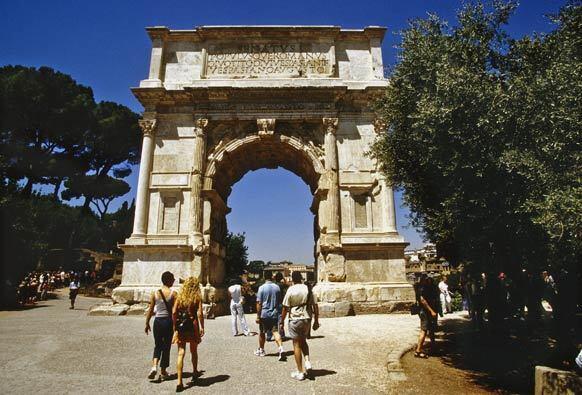
The triumphal Arch of Titus at the Roman Forum. A bas relief on the arch shows Roman soldiers pillaging Jerusalem around AD 80. (Richard Derk / Los Angeles Times)
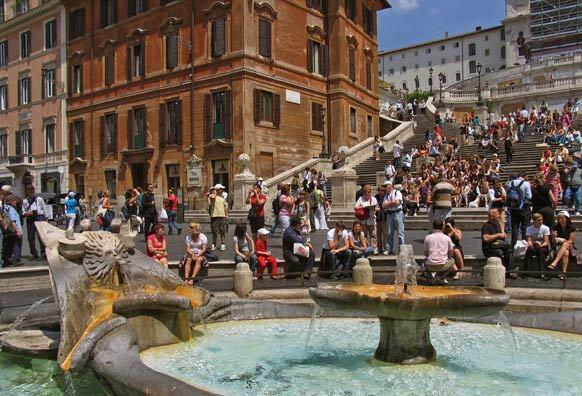
The Spanish Steps in Rome, built in the early 1700s, are a popular tourist resting spot. The 138 steps climb a steep slope. (Susan Spano / Los Angeles Times)
Advertisement
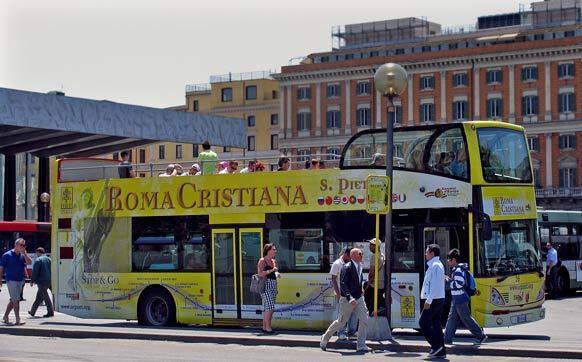
Tour buses allow passengers to hop on and off to see the sights in and around Rome at their own pace. (Susan Spano / Los Angeles Times)
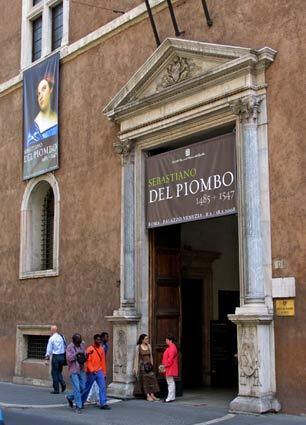
Rome’s museums are mounting many compelling exhibits, such as the Sebastiano del Piombo show at the Palazzo Venezia. This spring, museum offerings also include The 19th Century: From Canova to the Fourth Estate at the Scuderie del Quirinale and a show at the Museo del Corso on life and art in Rome in the 15th century. (Susan Spano / Los Angeles Times)
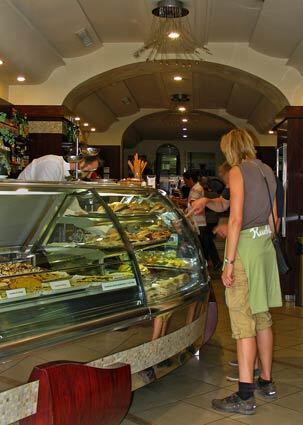
Tourists can save money at a bar, cafe or pasticceria by standing at the counter instead of sitting at a table. Prices are cheaper, the food is just as good, and its easier to people watch. (Susan Spano / Los Angeles Times)
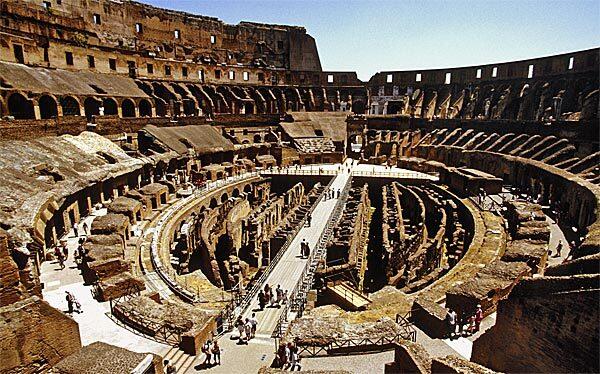
The Colosseum is one of Rome’s most visited ancient landmarks. (The wooden walkway in the center is a modern addition.) At the site, costumed gladiators pose for pictures, and tourists can experience a new way of touring the Colosseum, called the Time Machine, which uses hand-held video monitors showing digitalized images of what the arena looked like in ancient times. (Richard Derk / Los Angeles Times)
